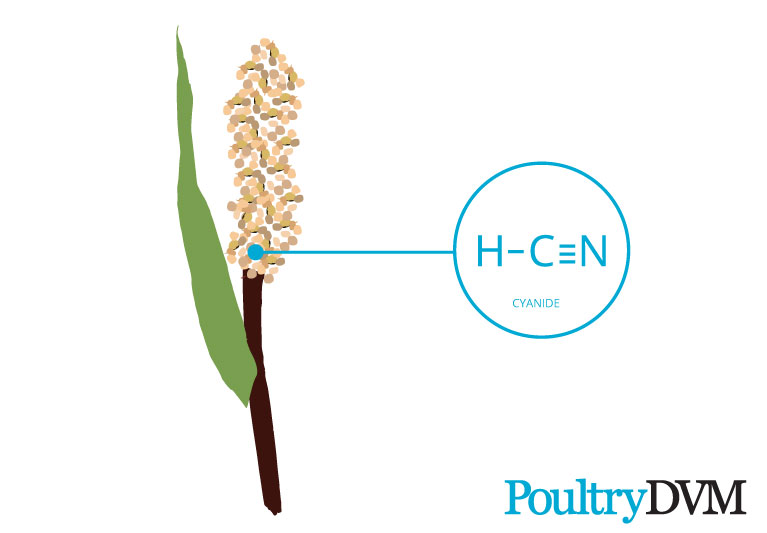Sudan grass (
Sorghum bicolor) is a warm season summer annual grass that is a member of the Sorghum family.
It is grown for its use as a pasture grass, hay and silage for livestock.
Toxic components
S. bicolor can accumulate high levels of cyanogenic glycosides (chemicals capable of causing cyanide poisoning) during certain environmental conditions, such as plant stress and drought conditions.
In addition,
S. bicolor is often contaminated by
Claviceps species (
Claviceps purpurea is of the greatest concern) which results in the development of ergots, which are dark fungal structures produced within the floret (sclerotiums). Ergots contain toxic ergot alkaloids (which include Clavine alkaloids, D-lysergic acid and its derivates, and ergopeptines). Chronic ingestion can lead to symptoms associated with the onset of a very serious condition known as ergotism.
